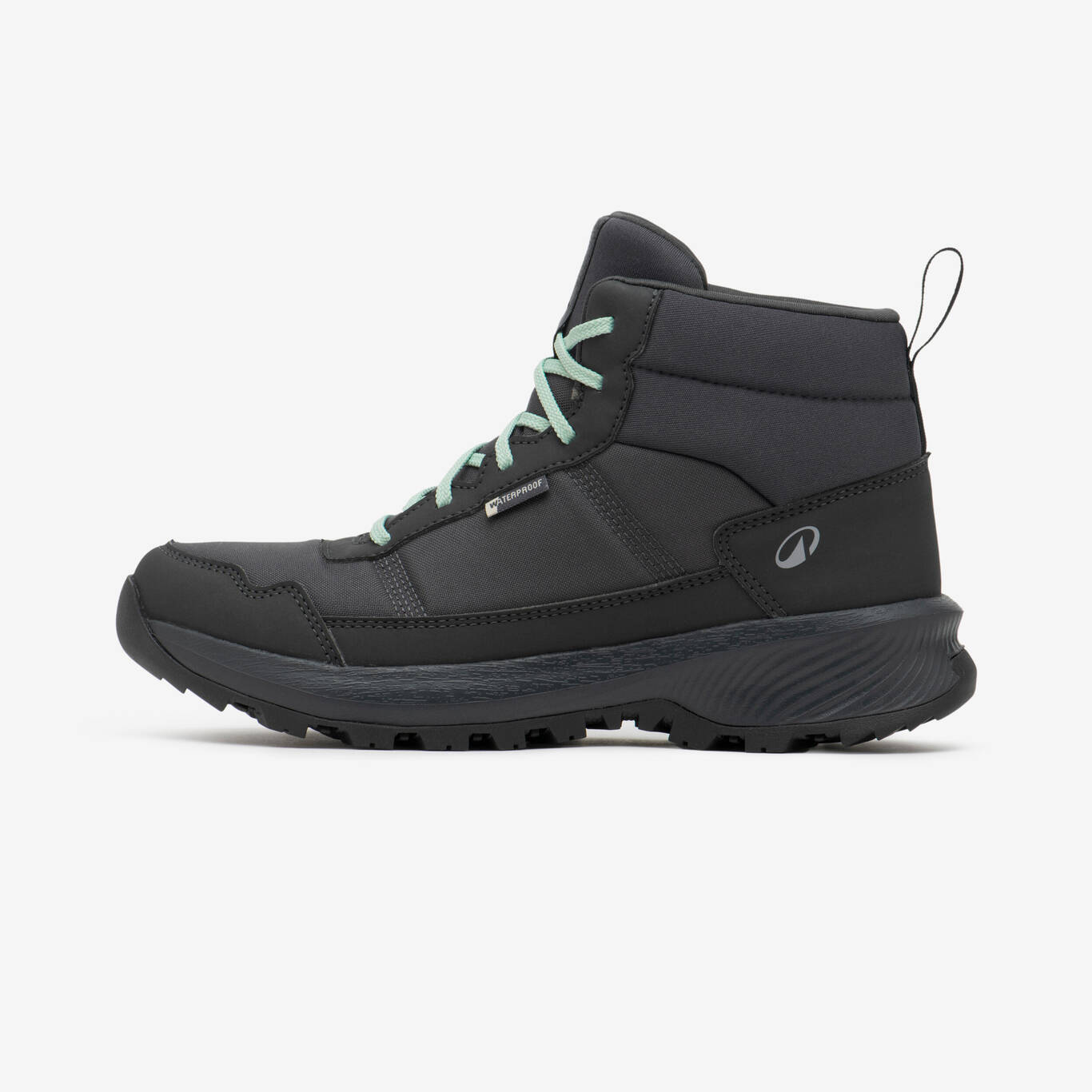

Stores
Contact us
You only need one connection
to enjoy all your favorite services
Rather easy, would you say?



















Cannot ship to ()


This product is currently unavailable for your region
Please select a size...



Csúszik mint jégkocka a sík lejtőn. Nem ajánlom semmilyen terepre. A talpa nagyjából egy piaci 2500,- Ft-os cipővel vetekszik. Merev,. kemény és abszolút nem tapad.
Kedves Norbert!
Az NH100 túrabakancsot sík akadálymentes kemény terepre tervezték. Emiatt a talp kialakításakor a kopásállóság fontosabb volt, mint a tapadás, vagy a kapaszkodás.
Ha jobban tapadó és kapaszkodó túracipőt keresel úgy ajánlom figyelmedbe csúszót terepre tervezett MH100, 500 vagy 900 jelzésű cipőinket.
Remélem következő vásárlásoddal elégedettebb leszel!
Sportos üdvözlettel: Kellner Krisztián túrázás termékképző
Los productos de esta marca salen geniales
Confortável. Número 36. Muito leves. Impermeável com chuva leve mas persistente. Ainda não usadas em caminhadas longas apenas no dia a dia .
Wie viele die Wanderschuhe für die Damen, ich finde die zu eng. Die wird zurück geschickt.
Très bon rapport qualité prix. Ces chaussure accroche bien , elles sont bien imperméable . De bonne qualité et très confortable
Ottimo prodotto qualità prezzo
Ich nutze diese Schuhe für aktive und lange Spaziergänge mit unserem Border, dafür sind sie top. Die Schnürsenkel allerdings sind ein Witz und waren nach dem ersten Waldgassigang schon ausgefranst. Die sind zu lang und zu dünn und labberig und mussten direkt ausgetauscht werden.
perfectas para montana
Rien à dire remplit toutes mes attentes.
Chaussures de marche qui font le job pour un usage non régulier. Imperméables sous une pluie faible. Le design pourrait être plus féminin.



Csúszik mint jégkocka a sík lejtőn. Nem ajánlom semmilyen terepre. A talpa nagyjából egy piaci 2500,- Ft-os cipővel vetekszik. Merev,. kemény és abszolút nem tapad.
Kedves Norbert!
Az NH100 túrabakancsot sík akadálymentes kemény terepre tervezték. Emiatt a talp kialakításakor a kopásállóság fontosabb volt, mint a tapadás, vagy a kapaszkodás.
Ha jobban tapadó és kapaszkodó túracipőt keresel úgy ajánlom figyelmedbe csúszót terepre tervezett MH100, 500 vagy 900 jelzésű cipőinket.
Remélem következő vásárlásoddal elégedettebb leszel!
Sportos üdvözlettel: Kellner Krisztián túrázás termékképző
Los productos de esta marca salen geniales
Confortável. Número 36. Muito leves. Impermeável com chuva leve mas persistente. Ainda não usadas em caminhadas longas apenas no dia a dia .
Wie viele die Wanderschuhe für die Damen, ich finde die zu eng. Die wird zurück geschickt.
Très bon rapport qualité prix. Ces chaussure accroche bien , elles sont bien imperméable . De bonne qualité et très confortable
Ottimo prodotto qualità prezzo
Ich nutze diese Schuhe für aktive und lange Spaziergänge mit unserem Border, dafür sind sie top. Die Schnürsenkel allerdings sind ein Witz und waren nach dem ersten Waldgassigang schon ausgefranst. Die sind zu lang und zu dünn und labberig und mussten direkt ausgetauscht werden.
perfectas para montana
Rien à dire remplit toutes mes attentes.
Chaussures de marche qui font le job pour un usage non régulier. Imperméables sous une pluie faible. Le design pourrait être plus féminin.

